Let’s dive into the fascinating world of metamorphic rocks! These rocks have gone through some intense underground adventures, where heat, pressure, and chemical reactions have given them some pretty cool makeovers. We’ll explore how these ordinary rocks transform into extraordinary works of art, revealing the hidden stories locked within their mineral compositions, textures, and signatures. Get ready to uncover the secrets of these rocks that have witnessed the power of Earth’s geological forces firsthand.
How Metamorphic Rocks Take Shape
Imagine a rock’s underground adventure. As it sinks deeper, it’s like getting a giant, geological hug. The heat and pressure crank up, like turning up the heat on a stovetop.
Or, picture it bouncing back up to the surface, like a rock on a roller coaster. These extreme conditions give the rock’s minerals a good shake-up, making them rearrange, recrystallize, and change their looks.
The end result? Metamorphic rocks—a whole new type of rock that’s been totally transformed. Think of it as a rocky makeover, with new textures and colors to show off.
Metamorphic Rock Masquerade
Metamorphic rocks can look like a million different things, from layered rocks that look like a stack of pancakes (schist) to sparkly, mosaic-like rocks (marble). Their disguises depend on the special treatment they’ve gone through.
- Layered Rocks: These rocks have layers or stripes, like geological lasagna. They’re called foliated rocks, and schist, gneiss, and slate are a few examples.
- Non-Layered Rocks: These rocks don’t have any visible layers. They’re called non-foliated rocks, and marble, quartzite, and hornfels are a few members of this club.
Rock Detective Work
To figure out how these rocks got the way they are, geologists are like rock detectives. They look at the minerals, how the rock is arranged, and even its chemistry. It’s like solving a puzzle to piece together the extreme conditions that turned the rock into a metamorphic masterpiece.
Metamorphic Makeover Steps
Here’s a step-by-step guide to how metamorphic rocks get their new look:
- Buried Treasure: Rocks sink deeper underground, getting squished by all the layers above them.
- Heat Wave: It gets warmer as you go deeper, and the rock starts to feel the heat.
- Mineral Mingle: The heat and pressure make the minerals in the rock start to react with each other, forming new mineral buddies.
- Crystal Clear: Minerals start to dissolve and grow new crystals, like a giant game of rock candy.
- Shape Shifter: The rock can get deformed and stretched during this process, sometimes forming layers or other cool features.
Metamorphic Marvels
Metamorphic rocks are like time capsules, telling stories about the past. They can tell us:
- Where They’ve Been: The type of metamorphic rock can show how deep it was buried.
- Heat and Pressure Party: The minerals and textures can give clues about the temperature and pressure conditions during the makeover.
- Time Travelers: Metamorphic rocks can help geologists understand the history of an area and the tectonic forces that have shaped it.
Metamorphic Magic
Metamorphic rocks are a testament to the power of heat, pressure, and time. They show us how rocks can undergo incredible transformations, creating beautiful and intriguing formations that tell the story of our planet’s geological past.
Are you curious to know what clues can reveal the metamorphic nature of a rock? Find out here
How do metamorphic rocks differ in appearance from igneous or sedimentary rocks?
Metamorphic rocks stand out from their igneous and sedimentary counterparts with their eye-catching characteristics, born from the intense heat, pressure, and chemical reactions they’ve undergone. Here’s a deep dive into what sets them apart:
Texture:
Imagine a metamorphic rock as a canvas painted with swirling brushstrokes. It often shows foliated or banded textures, where minerals align in parallel layers. Igneous rocks, on the other hand, resemble intricate mosaics with interlocking crystals, while sedimentary rocks might resemble a stack of pancakes with distinct layers.
Mineral Composition:
When rocks undergo metamorphism, they’re like a kitchen where chemical reactions whip up new minerals that are tougher and more stable under the extreme conditions. These minerals, not found in the original rock, give metamorphic rocks their unique character.
Color:
Heat and pressure act like artists, transforming the colors of minerals in metamorphic rocks. They paint vibrant hues and intricate patterns that make these rocks stand out. Igneous rocks, in contrast, often have a more even color distribution, and sedimentary rocks display colors that reflect the sediments they formed from.
Key Features:
- Metamorphic rocks originate from pre-existing rocks that have been subjected to intense heat, pressure, or chemical reactions.
- They differ from igneous and sedimentary rocks in texture, mineral composition, and color due to metamorphic processes.
- Metamorphic rocks may have foliated or banded textures, while igneous rocks have interlocking crystals and sedimentary rocks have layered textures.
- They contain new minerals formed under extreme conditions, giving them unique mineral assemblages.
- Heat and pressure alter mineral colors, resulting in vibrant hues and patterns in metamorphic rocks.
What are the processes involved in foliation and non-foliation in metamorphic rocks?
Picture this: you have an old piece of rock that’s been through the wringer. Imagine it’s been squished, heated, and soaked in all sorts of chemicals. What happens? Well, you get metamorphic rocks!
These rocks can look wildly different from the original, and one of the coolest things about them is their texture. Some metamorphic rocks are all layered up, like a fancy cake, while others are more uniform, like a smooth marble countertop.
The science behind this difference comes down to two main processes: foliation and non-foliation.
Foliation is when minerals in the rock get all cozy and line up like little soldiers. This happens when new minerals grow along weak spots in the rock, like cracks or boundaries between different bits of rock. The result is a rock with layers or bands of minerals, like gneiss or slate.
Non-foliation is the opposite of foliation. Here, the minerals don’t line up nicely, but instead are spread out evenly throughout the rock. This gives the rock a uniform texture, like marble or quartzite.
How do these processes happen? Well, it’s not as simple as baking a cake. The minerals in the rock respond to the heat, pressure, and fluids that surround them. The type of rock, the temperature, and the amount of pressure all play a role in determining whether the rock will become foliated or non-foliated.
So, there you have it! Foliation and non-foliation are two processes that can give metamorphic rocks their unique textures. Next time you’re out looking at rocks, take a closer look and see if you can spot these different features. They tell a fascinating story about the forces that shaped our planet.
How can metamorphic rocks shed light on the geological and thermal history of the Earth?
Imagine a rock that has been through the wringer. It’s been squished, heated, and twisted until it’s almost unrecognizable. But even in its altered state, it holds valuable secrets about our planet’s past.
These rocks are called metamorphic rocks, and they’re like geologists’ time capsules. They preserve clues about the extreme conditions they’ve endured, telling the story of the Earth’s geological and thermal history.
Just like a high-pressure squash ball, which changes shape and texture when heated, metamorphic rocks transform under intense heat and pressure. The minerals in these rocks rearrange themselves, creating unique signatures that reveal the forces they’ve experienced.
Think of it like a geologist’s treasure hunt. By studying these metamorphic rocks, scientists can decipher the geological mystery behind their formation. They can tell if they were once part of a giant mountain range that was crushed and folded, or if they were heated by a nearby volcanic eruption.
Key Concept Takeaway:
Metamorphic rocks are like geological detectives, holding clues to the geological and thermal history of the Earth. By studying their mineral assemblages and textures, scientists can reconstruct past events and map the geological evolution of a region.
So, next time you’re hiking through the mountains or exploring a rock collection, take a closer look at the metamorphic rocks. They may seem like silent witnesses, but they’re actually bursting with stories of our planet’s tumultuous past.
FAQ
Q1: How do metamorphic rocks form?
A1: Metamorphic rocks form when pre-existing rocks undergo changes in mineral composition and texture due to extreme heat, pressure, or exposure to mineral-rich fluids. These changes occur deep within the Earth’s crust without melting the rock.
Q2: What are the different ways metamorphic rocks can form?
A2: Metamorphic rocks can form through various processes, including burial, which increases pressure and temperature; local heating by magma, which changes the mineral composition; and tectonic activity, which creates intense pressure and heat.
Q3: What is foliation in metamorphic rocks?
A3: Foliation refers to the layered or banded appearance of some metamorphic rocks. It occurs when rocks are subjected to regional metamorphic compression, resulting in elongated crystals oriented in a preferred direction.
Q4: How can we determine the temperature and pressure conditions under which metamorphic rocks formed?
A4: Scientists study the mineral assemblages, textures, and geochemical signatures of metamorphic rocks to infer the temperature and pressure conditions they experienced during their formation.
Q5: What are some examples of metamorphic rocks?
A5: Examples of metamorphic rocks include slate, marble, quartzite, and gneiss. Each type of metamorphic rock has a distinct mineral composition and texture that reflects the specific conditions under which it formed.
- Unlock Water’s Symbolism: A Cross-Cultural Exploration - April 20, 2025
- Identify Black and White Snakes: Venomous or Harmless? - April 20, 2025
- Unlocking Potential: Origins High School’s NYC Story - April 20, 2025
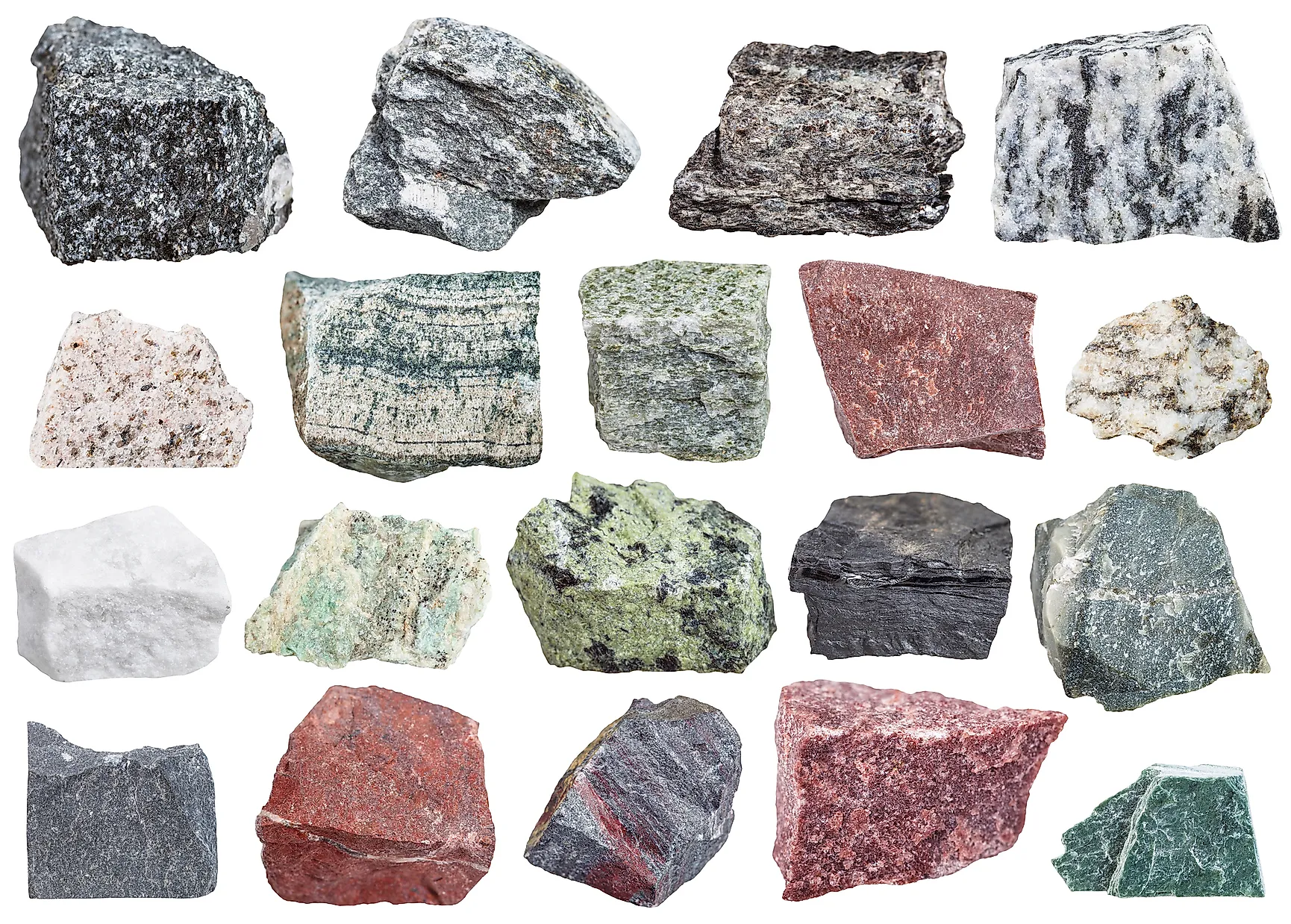
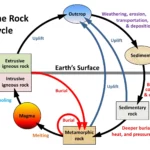
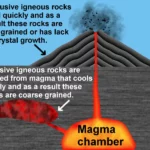


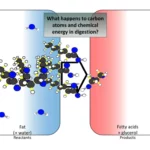
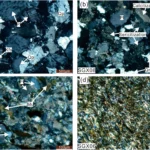









Comments are closed.